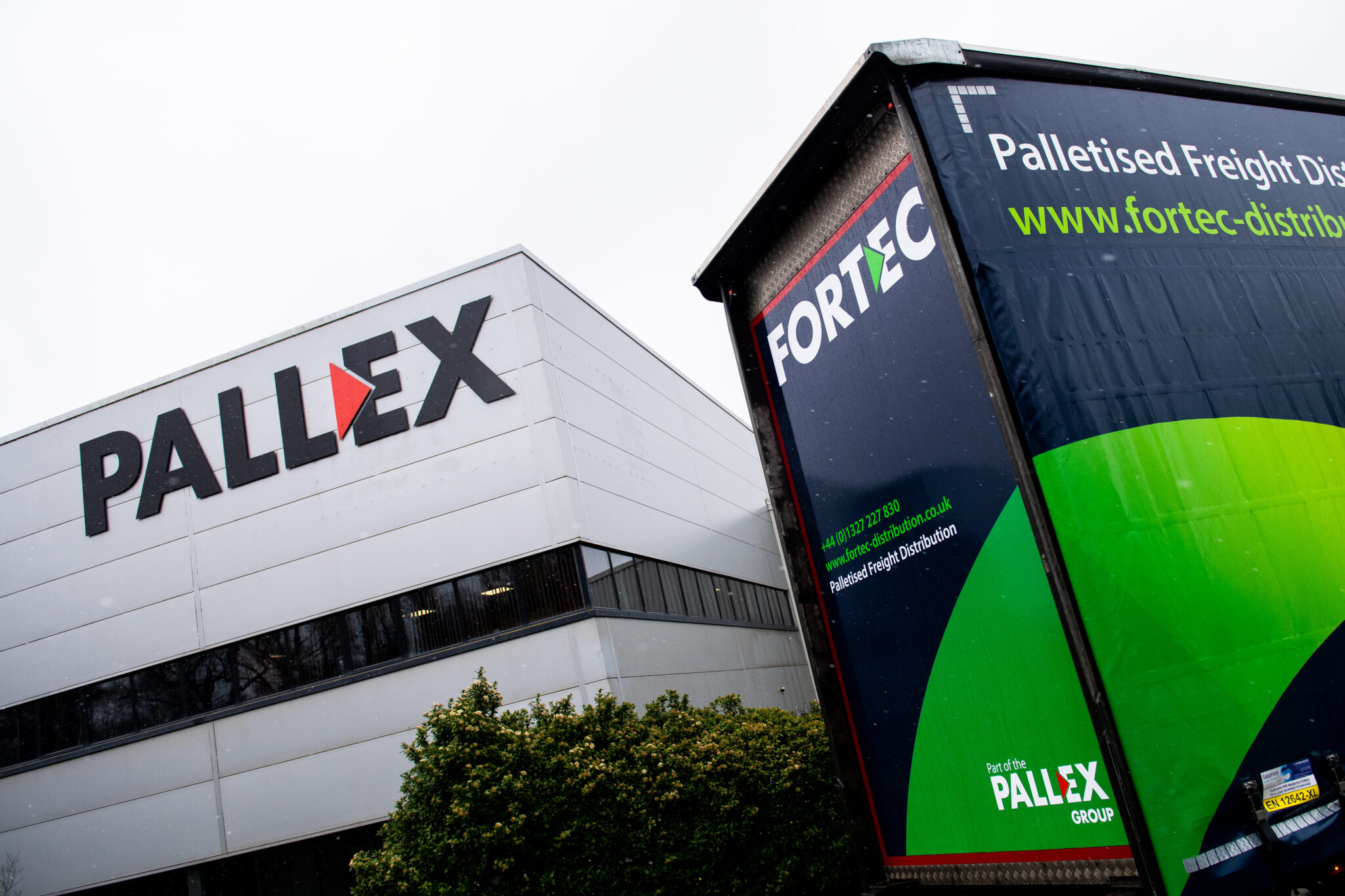The eFTI Regulation came into effect on August 2024, aiming to digitise and legally regulate the exchange of data for EU transport. Now is not the time for authorities and companies to act alone. Standardised open source solutions are the key to Europe’s eFTI future, writes Andreas Nettsträter (pictured, below), CEO of the Open Logistics Foundation, and co-author Raoul Wintjes, Head of International Road Freight Transport/Digitalisation at the German Freight Forwarding and Logistics Association (DSLV)
Freight transport in Europe is (still) a world of paper. This is because the exchange of data has hardly changed in recent decades: Transport information is primarily recorded and checked in paper form. In Germany, control tasks are shared between the Federal Office for Logistics and Mobility (BALM), the state police, and the customs authorities. A framework for the digital exchange of freight transport documents within and between the 27 member states has not yet been established.
In July 2020, the European Parliament and the Council of the EU adopted the so-called eFTI Regulation (EU) 2020/1056 on electronic freight transport information. The acronym eFTI stands for Electronic Freight Transport Information. The eFTI (enforcement) regulation came into effect on 21 August 2024.
The regulation creates the much-needed legal framework for the digital transmission of in-formation on the transport of goods by road, rail, air, and inland waterway within the EU, between economic operators and enforcement authorities. In short, eFTI brings legal certainty in the digital public space because each of the 27 EU countries can require different transport documents and proofs of transport. eFTI aims to digitise and standardise the chaos of documentation in cross-border transport within the EU.
Save euros
eFTI will bring significant benefits to both public authorities and logistics companies. According to estimates by the EU Commission, eFTI could save up to 27 billion euros in administrative costs in the transport sector alone over the next 20 years. Logistics companies will notice these savings, for example, during inspections of freight transport by the relevant authorities in the EU member states.

Exchanging, checking, and verifying paper documents is extremely time-consuming in day-to-day business: checking a foreign truck, for example, can take 45 minutes or more. In the future, when all relevant transport data is available at the click of a mouse, inspections will only take a few minutes. The eFTI will also speed up the work of the police and fire brigade: if a lorry breaks down, for example, they will be able to retrieve all the data on the vehicle and its load digitally and immediately take the right measures.
Data exchange via eFTI platforms
This all sounds promising, but its effectiveness depends on a harmonised and trustworthy information and communication technology environment. Only then can transport data be exchanged securely and smoothly between authorities and logistics companies. Driven by the eFTI Enforcement Regulation, the EU member states are already working at full speed on the technical implementation. The focus here is on the architecture for data exchange.
In principle, companies should operate so-called ‘eFTI platforms’ in the future. These will store information relevant to the authorities. The authorities themselves will develop ‘eFTI gates’ that provide them access to the platforms. Each company’s platform will be connected to a specific gate through which communication with different authorities will take place. The transport information remains on the platform and may only be accessed by the authorities in clearly defined cases.
No company should pay extra
The new technical arrangements for eFTI certainly represent an intervention in the existing practices of logistics companies. Many of them – especially the larger ones – already have a functioning software architecture for transport documents. Why should they now implement a new solution that would require them to invest in significant internal (IT) resources or purchase from external software providers?
Quite simply, eFTI should be for everyone – large and small companies alike. Alongside the international companies, there are many small and medium-sized enterprises among freight forwarders and logistics service providers. Implementation of eFTI must therefore be practi-cable for all companies in the logistics sector, regardless of their starting position. Nobody should pay more!
Co-design via open source – the example of eCMR
Companies of all sizes now have an important opportunity to shape the future eFTI process and implement it early. Not alone, but together. The affirmed aim is to jointly create compati-ble systems at European level. A current blueprint for such an approach is the electronic consignment note (eCMR) for international cross-border road freight. Through an Open Logistics Foundation project, 20 companies and organisations are working on an open source solution for the digital consignment note. What is unique about this project is that market players – large corporations as well as small and medium-sized enterprises (SMEs) – and IT service providers from the logistics sector are working together. Free open source components allow companies of all sizes to participate = no one is excluded.
eFTI gives eCMR a massive tailwind
Digitising the eCMR makes it easier for logistics service providers to meet the requirements of the new eFTI Regulation. However, it is important to clarify that the eFTI Regulation does not cover the digitalisation of private transport documents such as the eCMR. But it does give a significant boost to the introduction of the digital consignment note, thanks to the creation of new data standards and reduction in complexity of the technical solutions to be developed.
Open source collaboration instead of siloed European efforts
The best and most standardised way of doing this is to use open source. An example of collaboration in action is the large-scale research project ‘Silicon Economy’ of the German Federal Ministry for Digital and Transport (BMDV), led by the Fraunhofer Institute for Material Flow and Logistics (IML), a strategic partner of the Open Logistics Foundation. The development work is already laying the foundations for an open source solution: Specifically, an exemplary implementation of an eFTI platform using the eCMR as an example. The digital con-signment note is used to automatically provide data for the eFTI interface.
This German open source approach is no longer a one-country approach effort. In the eFTI4EU research project, nine EU countries have now joined forces to promote a common architecture – and to publish it as open source software. Not only the companies, but also the authorities of the member states, must work together. This will speed up implementation times considerably.
There is no need for 27 individual solutions. The basic components, for example, the imple-mentation of an eFTI data model and an eFTI gate, can be standardised using open source. Interfaces are needed so that any company can connect to the eFTI gates, and open source is an important lever to ensure that eFTI really takes off. One thing is certain: eFTI is a pre-requisite for the further digitalisation of the industry and should not be stopped!







